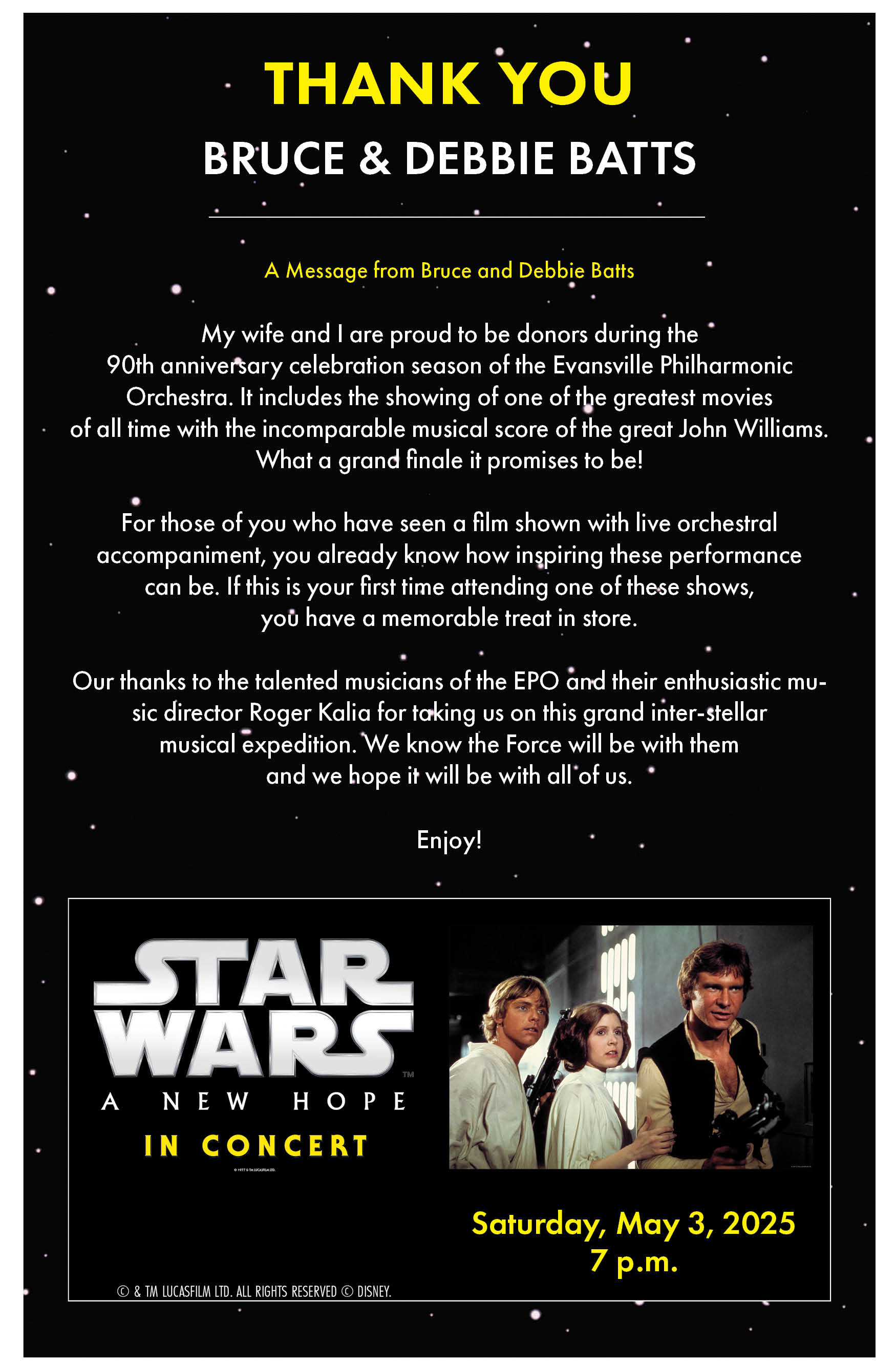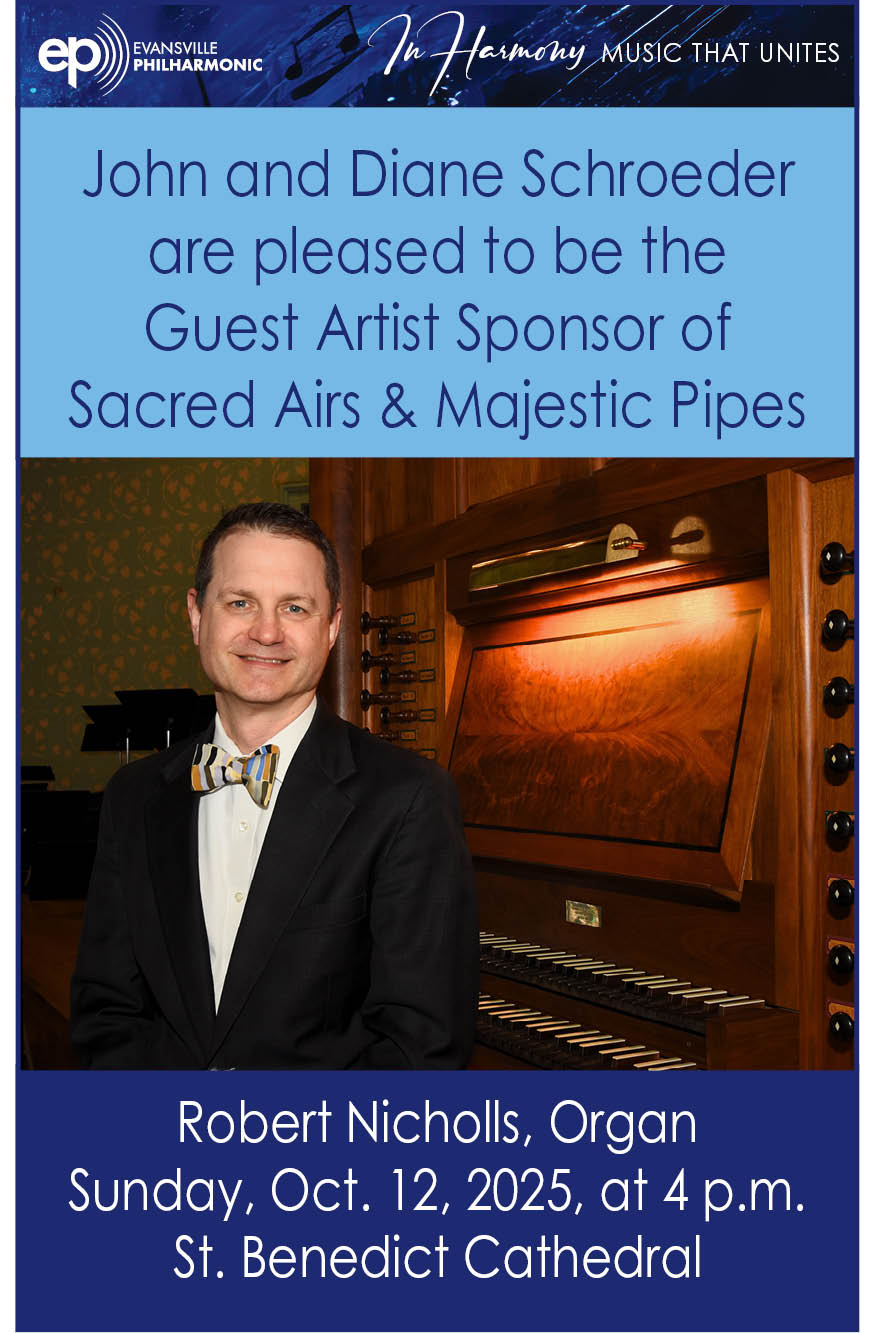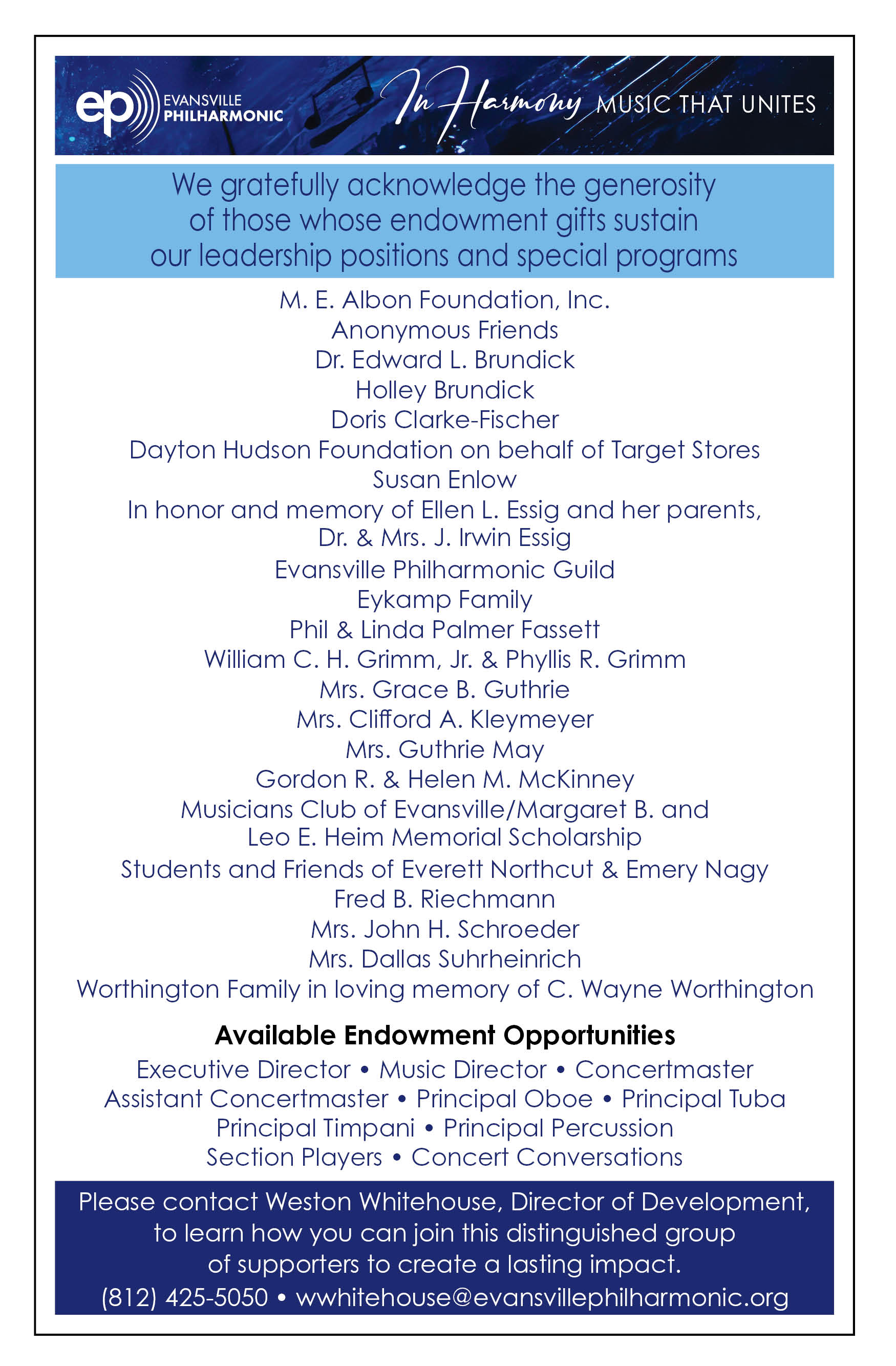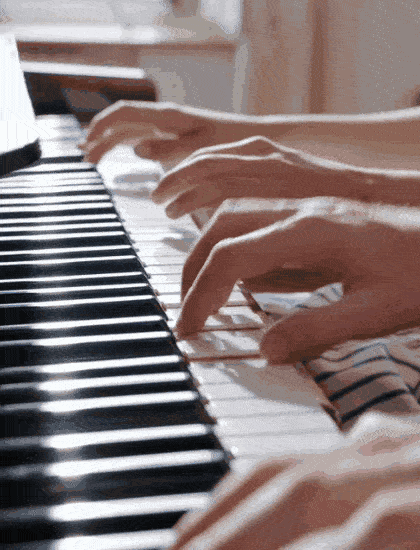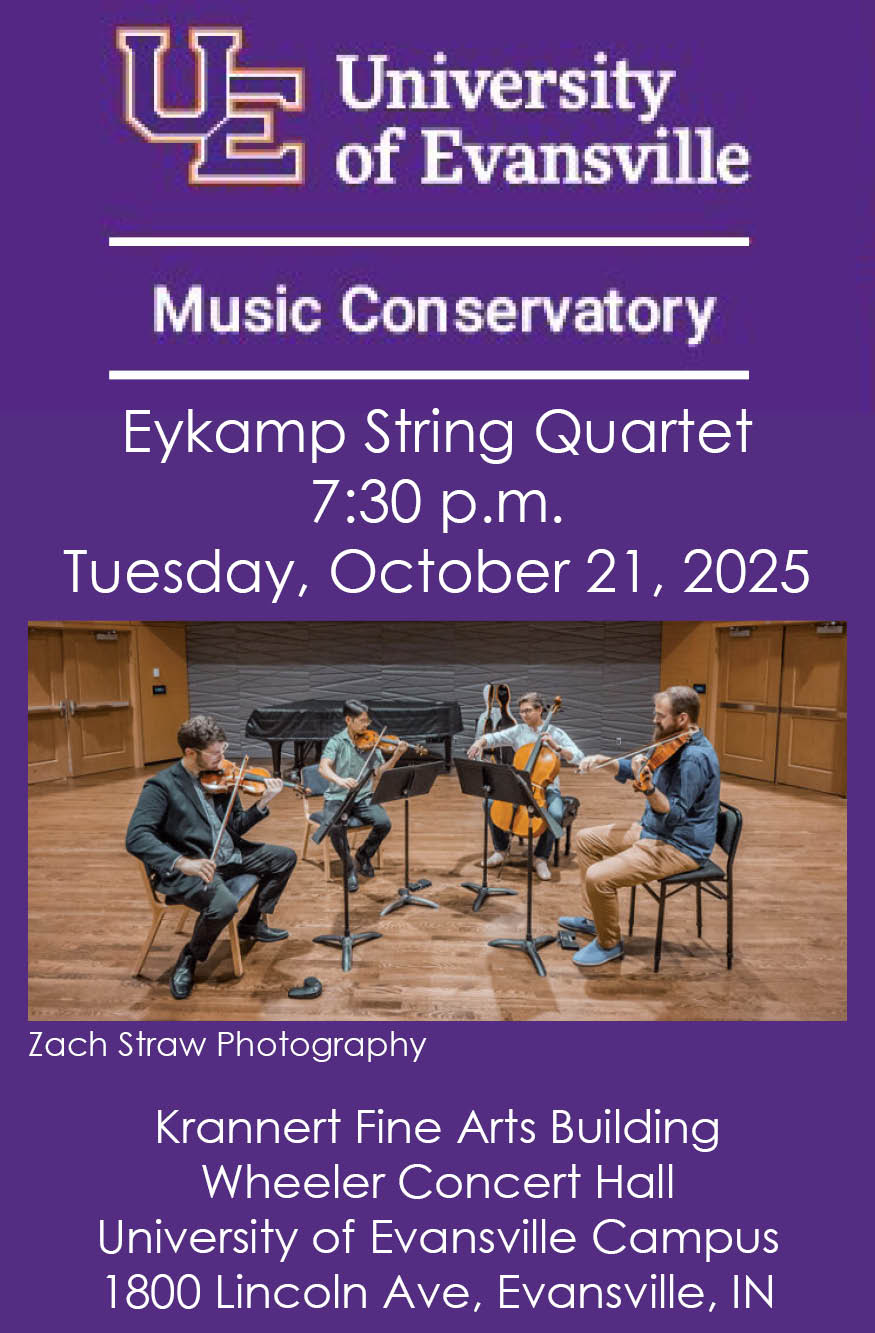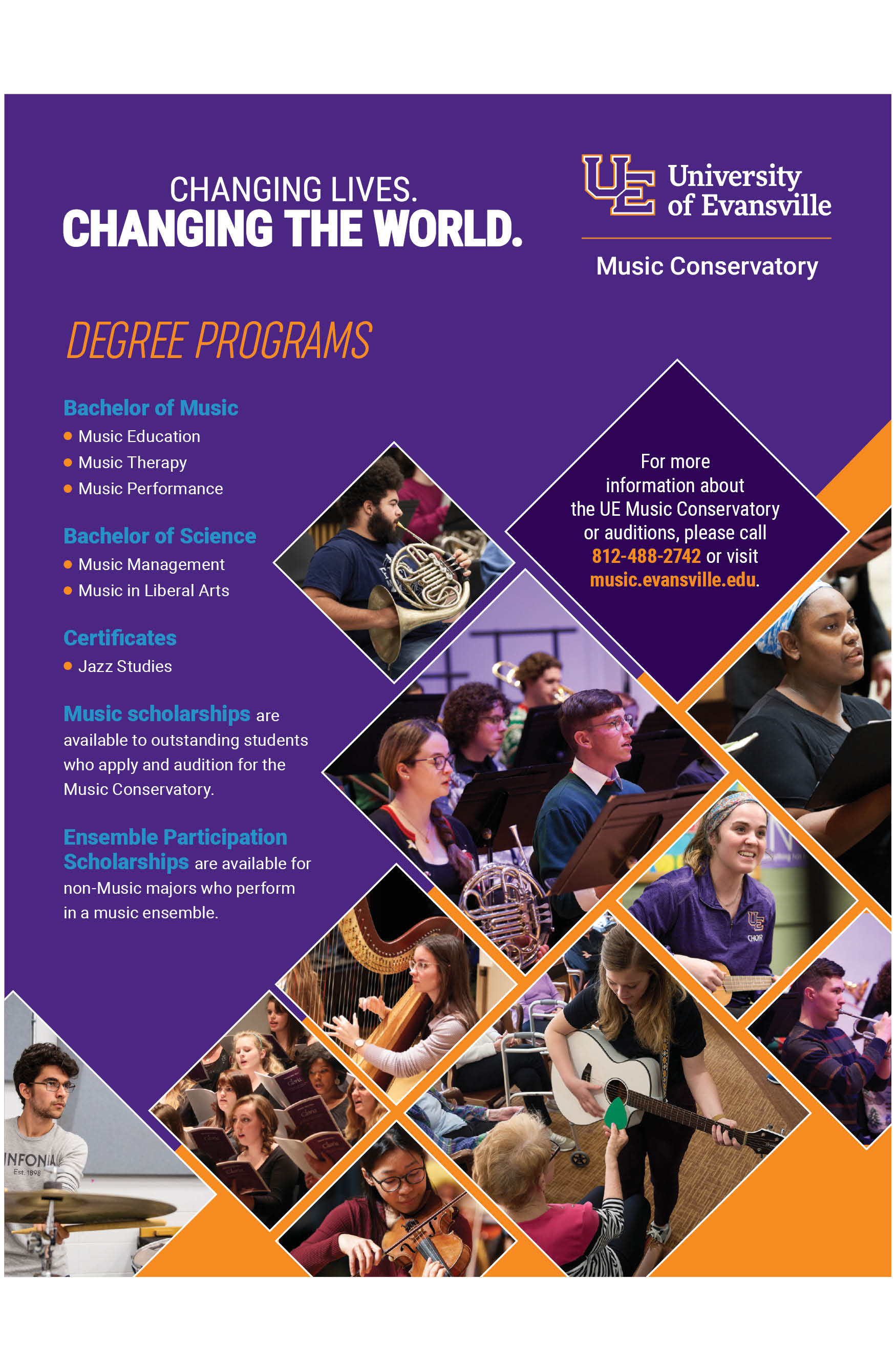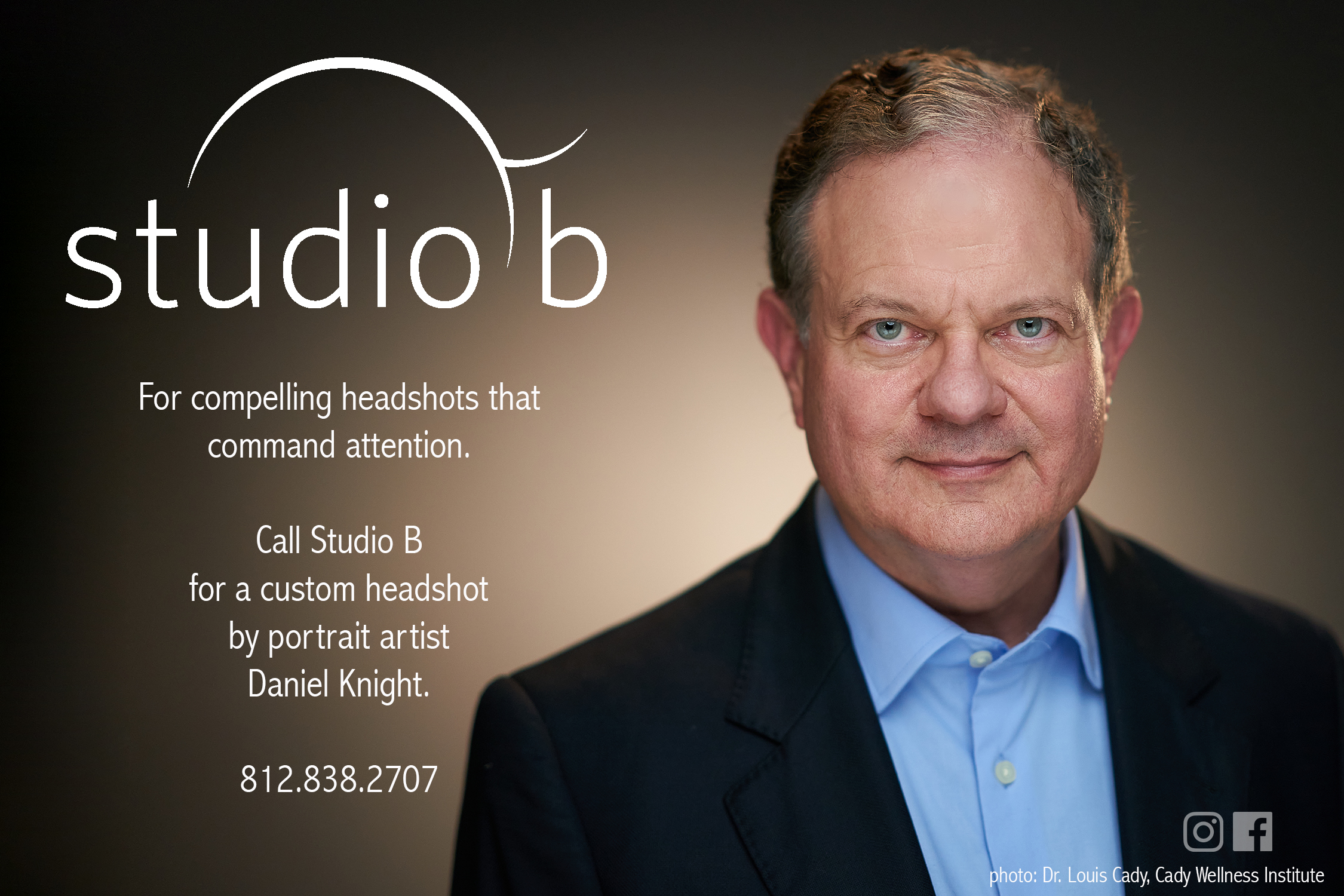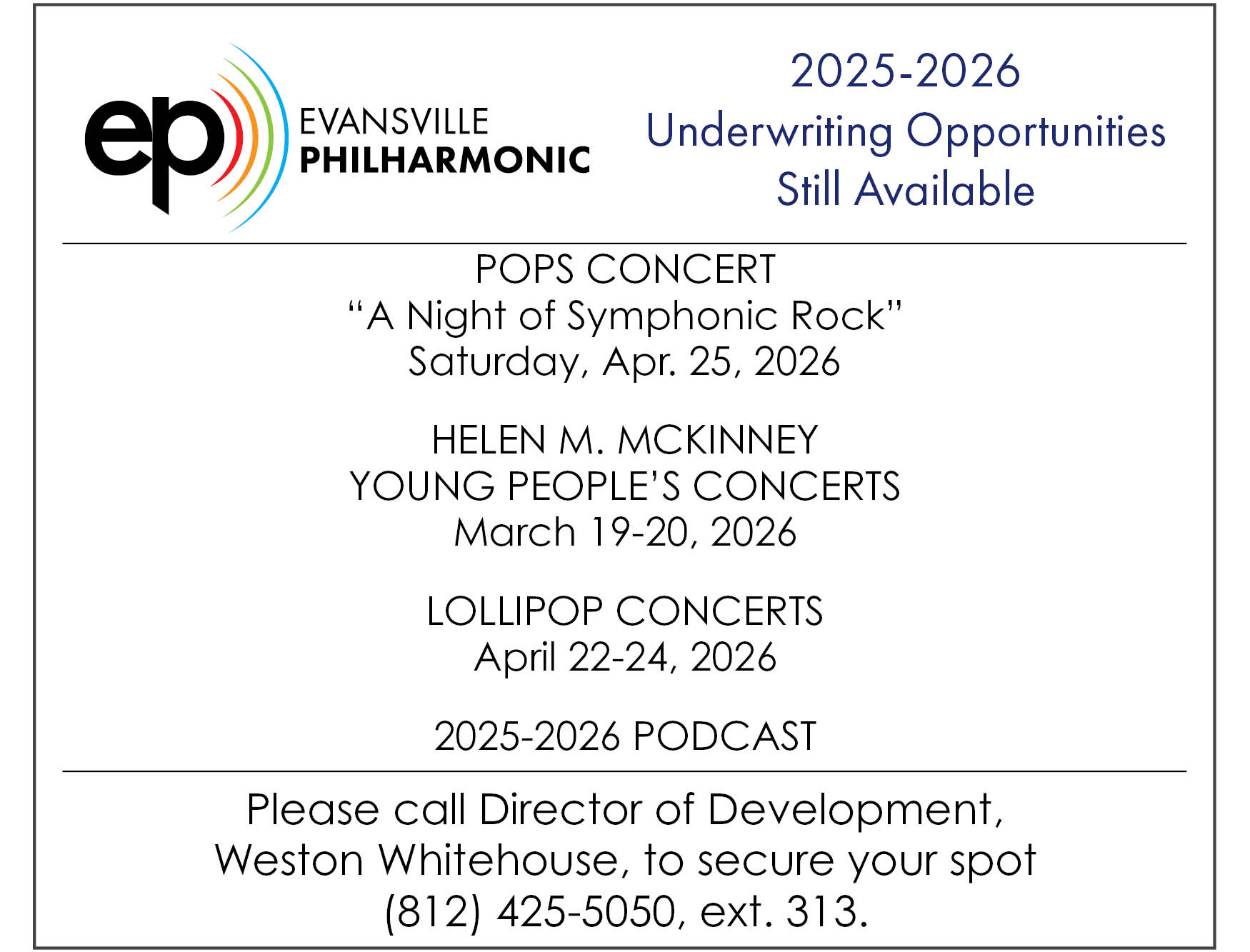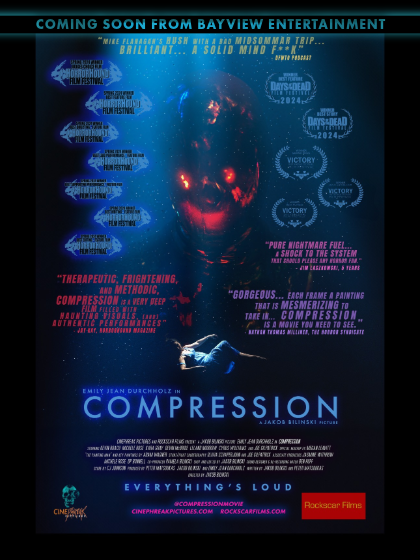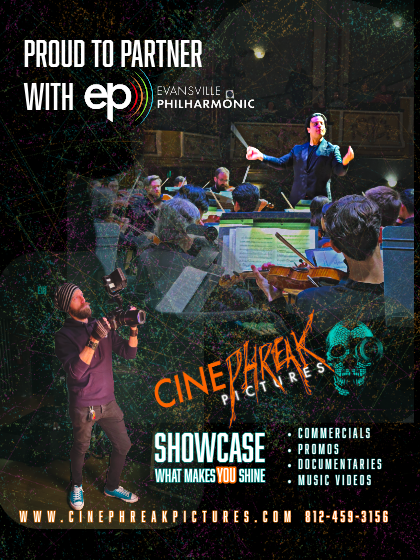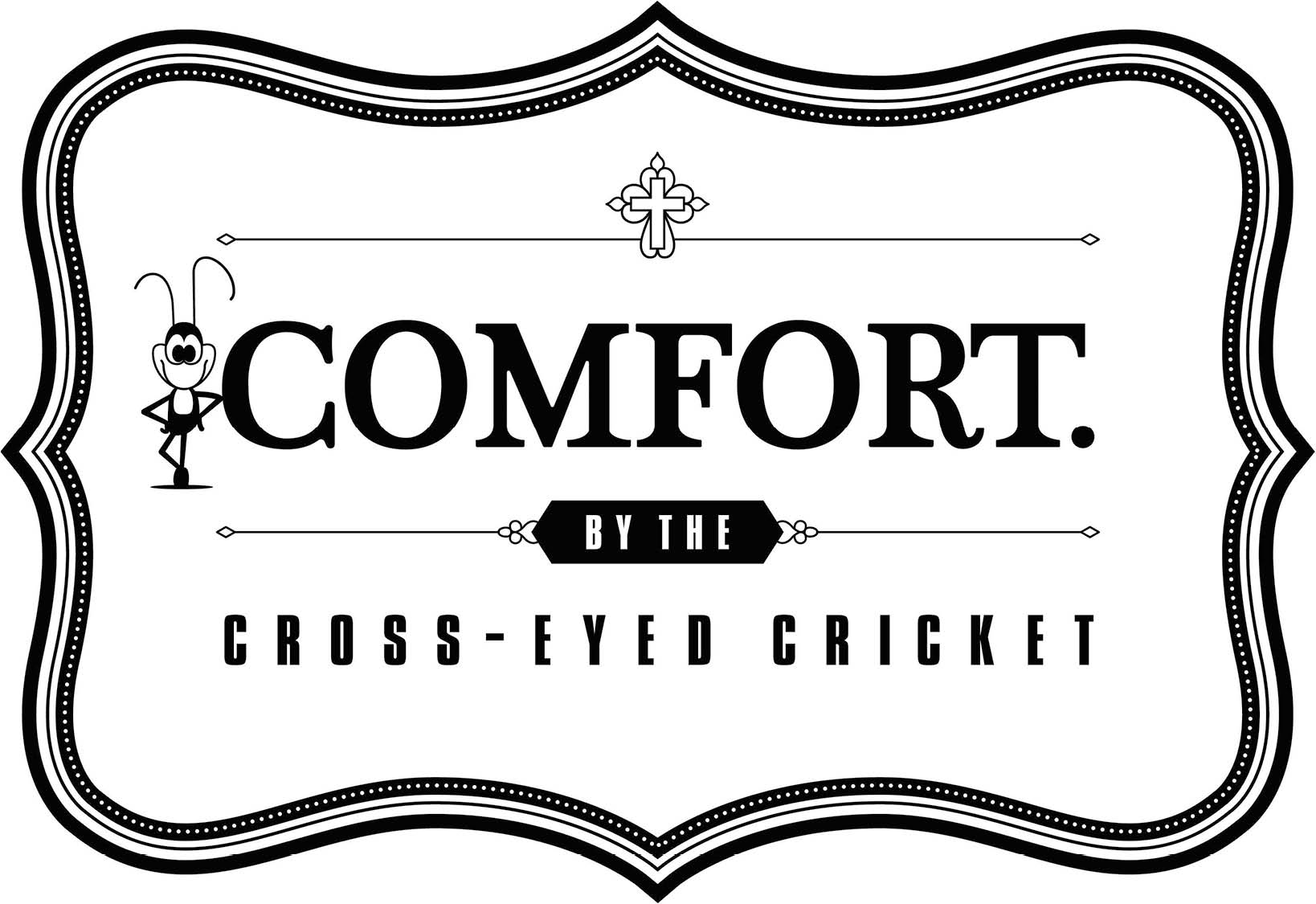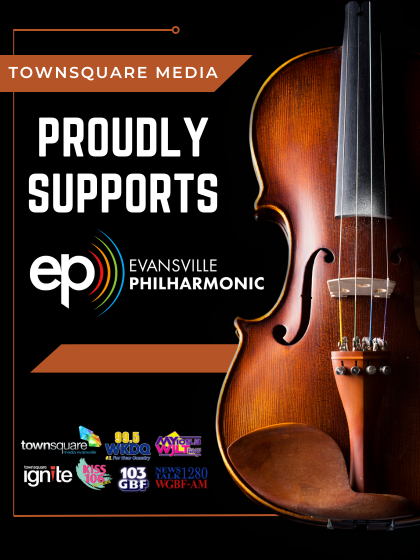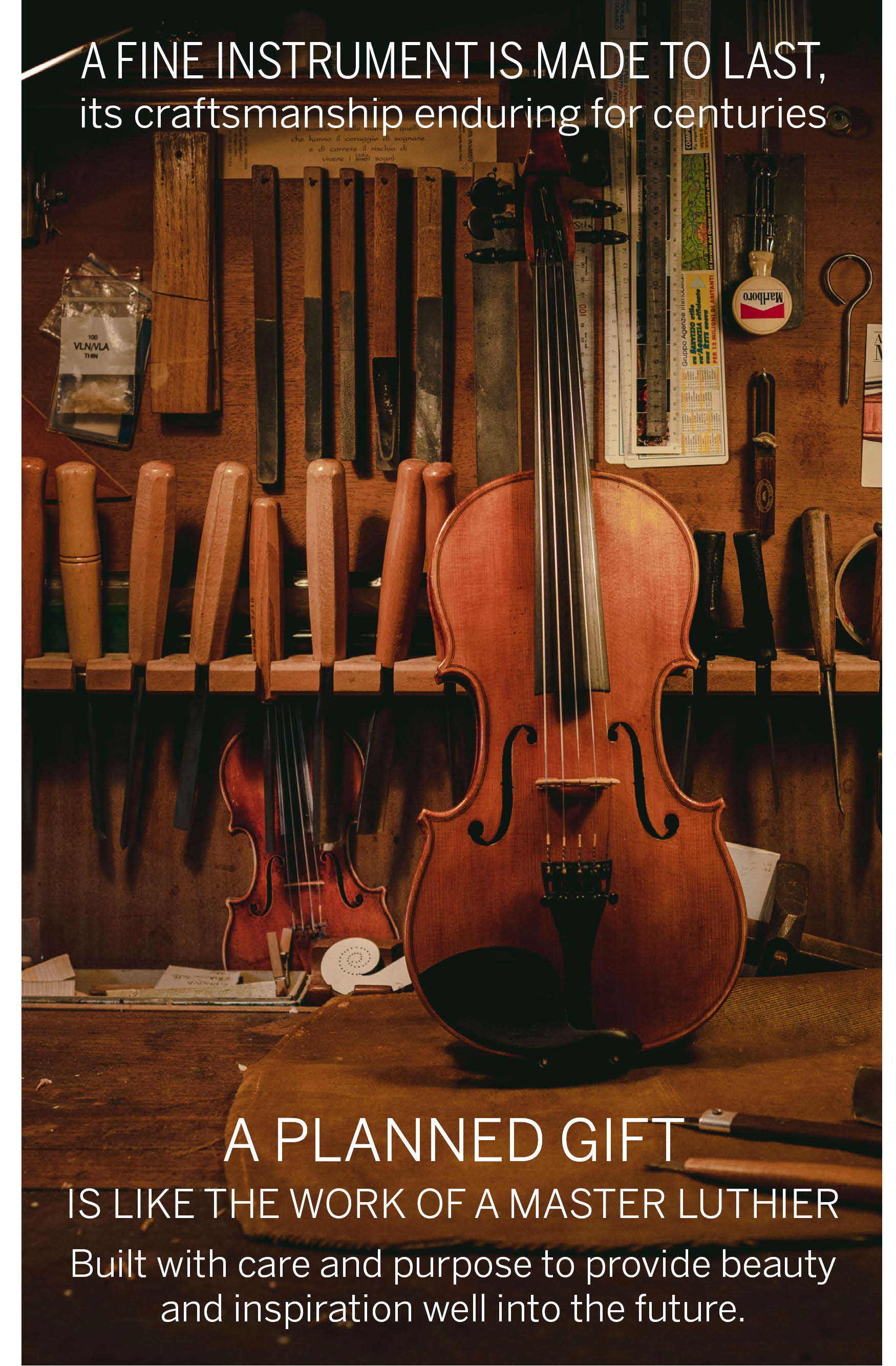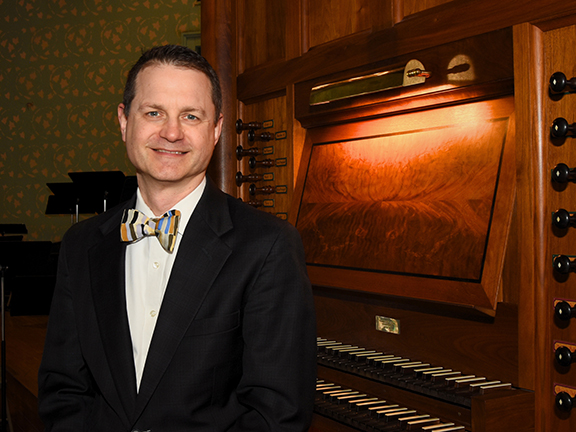

CONCERT Sponsor | GUEST ARTIST SPONSOR |

EVANSVILLE PHILHARMONIC ORCHESTRA
Roger Kalia, Conductor | Robert Nicholls, Organ
JOHANN SEBASTIAN BACH | Air from Orchestral Suite No. 3 | |
EDWARD ELGAR | Serenade for Strings, Op. 20 | |
JOHANN SEBASTIAN BACH | Fantasia in G Minor, BVW 542 | |
MARCEL DUPRÉ | Cortège et Litanie, op. 19, No. 2 | |
INTERMISSION | ||
FREDERICK DELIUS | Intermezzo - Walk to the Paradise Garden | |
Francis Poulenc | Concerto for Organ, Timpani, and | |
In one continuous movement: | ||
Official IT Services Provider
Official Photographer
Daniel Knight of Studio B Photography
Ticket Sponsor
Steinway is the official piano of the Evansville Philharmonic Orchestra
Today's Roster
Violin 1
Jack Bogard
Zili Sha
Yisu Youn
Abigail Harms
Maria Mastropaolo
Ivy Kan
Sharilyn Spicknal
Jaden See Lok Tong
JungHyun Kang
Violin 2
Eva Tao
Inkyung Oh
Elizabeth Heiger
Lisa Lance
Calvin Liu
Alexandria Harrington
Yue-Ning Foo
Viola
Mark Hatlestad
Jacob Davis
Jacob Burk
Jeremy Mends
Jean Gomez
John Cho
Cello
Graham Cullen
Jennifer Farny
Kristin Roberts
Paul Zmick
Cody Byrum
Thomas Shaw
Bass
Anthony Rideout
Adam Clark
Jordan Wright
Timpani
Todd Sheehan
VIOLIN I
VIOLIN II
VIOLA
CELLO
BASS
FLUTE
OBOE
CLARINET
BASSOON
HORN
TRUMPET
TROMBONE
TUBA
TIMPANI
PERCUSSION
PIANO
HARP
SABBATICAL
RECORDING
STAGE PRODUCTION
*Eykamp String Quartet member
Written by Bill Hemminger
AIR FROM ORCHESTRAL SUITE NO. 3 IN D MAJOR, BWV 1068
JOHANN SEBASTIAN BACH
Duration: 5 Minutes
Bach (1685-1750) wrote four orchestral suites from 1724-31 and dedicated them to wealthy citizens in Leipzig. The third suite likely had its first hearing in Zimmermann’s Coffee House in 1730 or 1731 and has remained one of the most popular of the set. There are five movements: an Ouverture, an Air, a Gavotte, a Bourrée, and a concluding lively Gigue. This stately dance (all movements are in fact dances of the time) has been featured in many films, among them The Spy Who Loved Me (1977) and Battle Royale (2000).
SERENADE FOR STRINGS, OP. 20
EDWARD ELGAR
Duration: 12:40
This composition, dating from 1892, became Elgar’s “breakthrough” work. Though working as a serious musician and composer (he was born in 1857), and playing violin, bassoon, and organ as well as working as a band conductor and composer, his early works garnered little publicity. But by the end of that decade and after the triumphant success of his “Nimrod” Variations (1998-99), his place in Britain’s music scene was secured. Today’s work contains three movements; they follow the Fast-Slow-Fast structure of classical sonatas.
In fact, Elgar ushered in a sort of renaissance in British concert music, which had languished since the time of Henry Purcell in the 17th century. Musical compatriots include Ralph Vaughan Williams, Gustav Holst, and Frederick Delius. Among his many works, Elgar wrote a series of Pomp and Circumstance marches (which include the well-known “Land of Hope and Glory”), a number of religious choral works (including “The Dream of Gerontius”), concertos for violin and cello, and three symphonies.
Knighted in 1904, Elgar died in 1934.
FANTASIA IN G MINOR, BMW 542
J. S. BACH
Duration: 5 Minutes
The date of this work is not verifiable, though most critics have set 1720 as a best guess. Bach may have been auditioning for an organ post in a Hamburg church. As a typical part of the audition, Bach would have been given a theme on which to improvise, pulling out all the stops, as it were. The Fantasia begins with stern opening bars followed by free improvisation. It is not a surprise that Bach got the job.
CORTÈGE ET LITANIE,” OP. 19 NO. 2
MARCEL DUPRÉ
Duration: 6:17
World-famous organist, composer, and improviser, Dupré (1886-1971) served as organist at Eglise St. Sulpice and Notre Dame Cathedral until the end of his life (two BIG Paris churches). He was also the director of the Paris Conservatory. His virtuosity on the organ was legendary: he once gave a series of concerts that featured ALL the organ works of J. S. Bach, all performed from his prodigious memory.
A cortège is a solemn procession, and Dupré wrote this work for orchestra, not organ. The “Cortège” features a tolling bell motif, while the “Litanie” presents a recurring chant-like melody with a toccata-like flourish at the end. Dupré surely realized that the organ—like an orchestra--can make use of a full palette of sounds and aural colors, and he later recast this composition for his favorite instrument.
“WALK TO PARADISE GARDEN” FROM A VILLAGE ROMEO AND JULIETTE
FREDERICK DELIUS
Duration: 8:30
Like Elgar, Delius (1862-1934) took part in the revival of serious musical composition in Britain at the end of the 19th century. Delius, however, had a more circuitous path to follow. In 1884 he moved to Florida to run an orange plantation (where he pursued musical studies in his spare time). Years later he moved to Germany where he befriended and studied with Edvard Grieg. Tonight’s composition is incidental music from his opera A Village Romeo and Juliette (one of his six operas); it has become his most beloved composition.
Dom Gregory Murray (1905-92)—monk, organist, and composer—transcribed this work for organ.
CONCERTO FOR ORGAN, TIMPANI, AND STRINGS IN G MINOR
FRANCIS POULENC
Duration: 21 Minutes
Poulenc (1899-1963) was largely self-taught in music, much like Elgar. Many of his early compositions were song settings of French poets of the time, especially Guillaume Apollinaire. In the 1920s Poulenc became associated with five other French composers—Germaine Tailleferre, Arthur Honegger, Darius Milhaud, Georges Auric, and Louis Durey; together they were referred to as “les Six.” The music they advocated self-consciously distanced itself from the Impressionism of Debussy and from the overt romanticism of the late 19th century.
Poulenc experienced a religious crisis in the 1930s and returned to the Catholicism of his youth. During this period he wrote a number of religious works, including the Mass in G Major (which contains the well-known Gloria, often heard by itself). He also wrote the Organ concerto in 1938.
Like much of Poulenc’s music the Organ concerto combines the popular sound of much of his work with jarring twentieth-century harmonies. Though divided into seven diverse sections, the concerto is performed as one movement.
Special Thanks
St. Benedict Cathedral
Fr. Alex
Jeremy Korba
Kelly Knies
Special Thanks
St. Benedict Cathedral
Fr. Alex
Jeremy Korba
Kelly Knies
- Podcast
- Conductor Biographies
- Bill Hemminger Biography
- Photos
- Videos
- Articles and Reviews
- Radio Broadcast Schedule
- History of the EPO
- Mission and Values
- Board of Directors 2025-2026
- Sponsors 2025-2026
- Philharmonic Gives Back
- Donors 10/1/2024 - 10/1/2025
- Thoughtful Tributes 10/1/2024 - 10/1/2025
- Past Events


